 |
|
Inmarsat-6 F2 (Falcon 9) 17 February 2023 |
Space Launch Complex 40 Cape Canaveral Space Force Station |
A SpaceX Falcon 9 rocket launched the Inmarsat-6 F2 mission to orbit from Space Launch Complex 40 at Cape Canaveral Space Force Station at 10:59 p.m. on 17 February 2023. Following stage separation, the first stage landed on the Just Read the Instructions droneship stationed in the Atlantic Ocean. The first stage booster supporting this mission previously launched Crew-5 and GPS III Space Vehicle 06. |
|
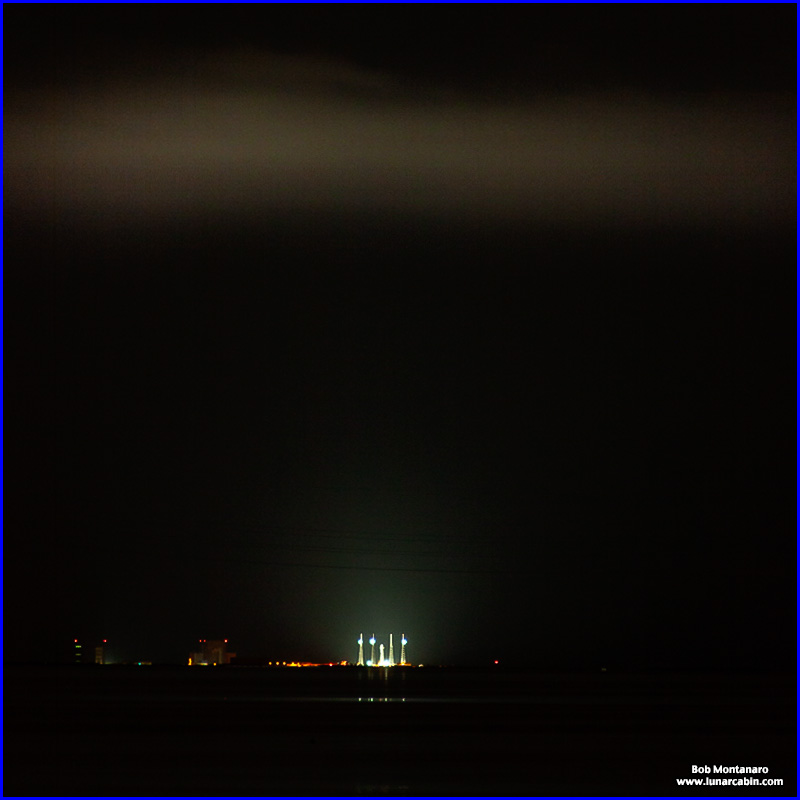 |
|
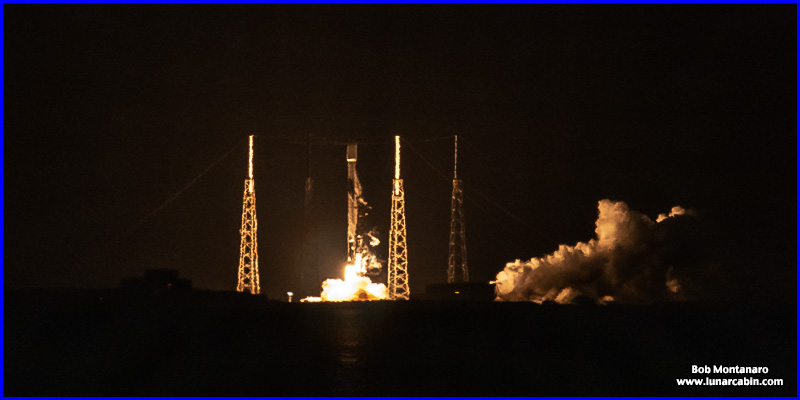 |
|
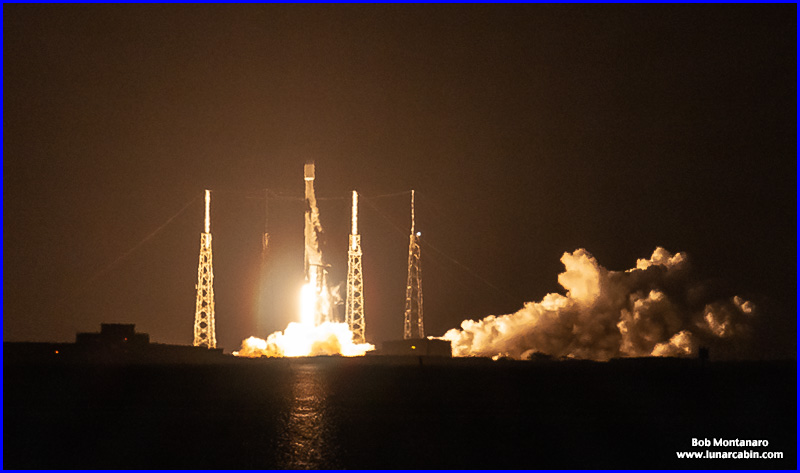 |
|
 |
|
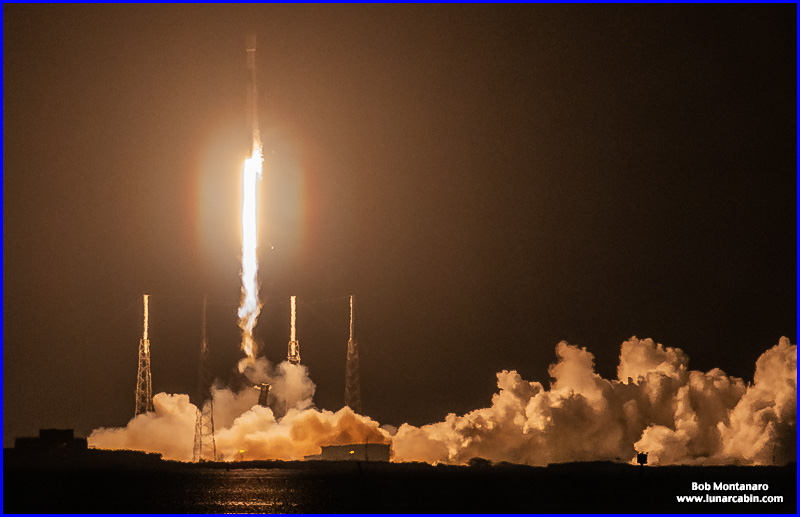 |
|
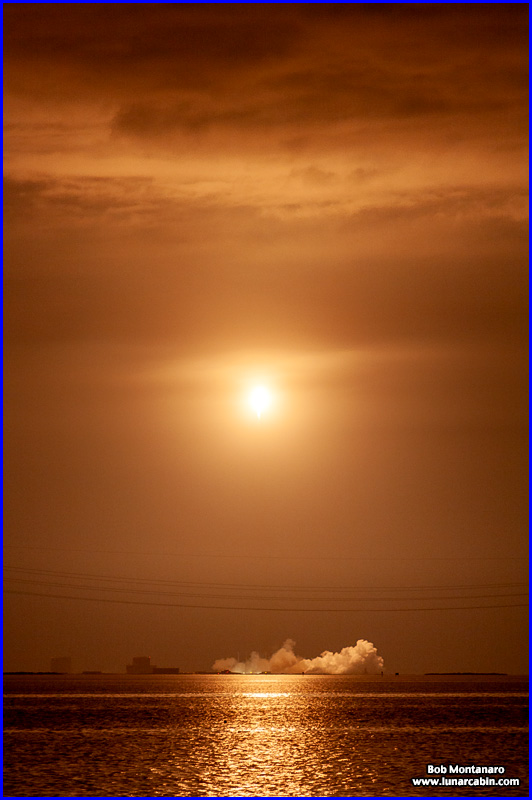 |
|
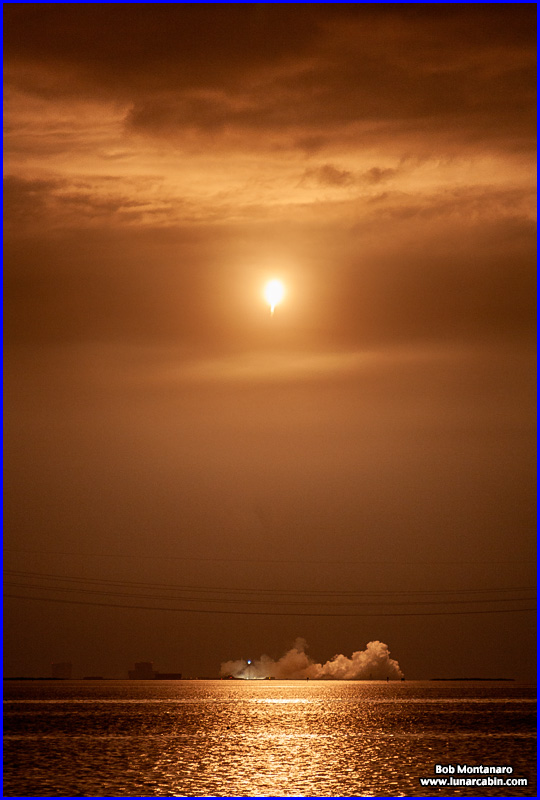 |
|
 |
|
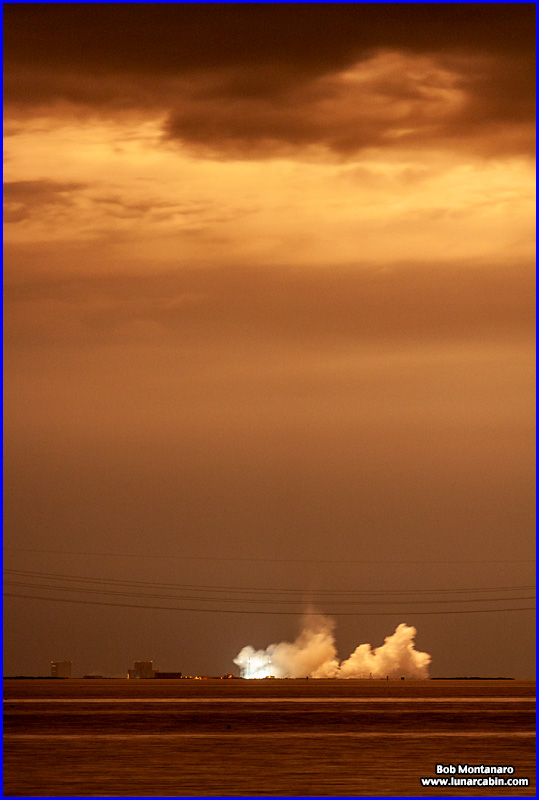 |
|
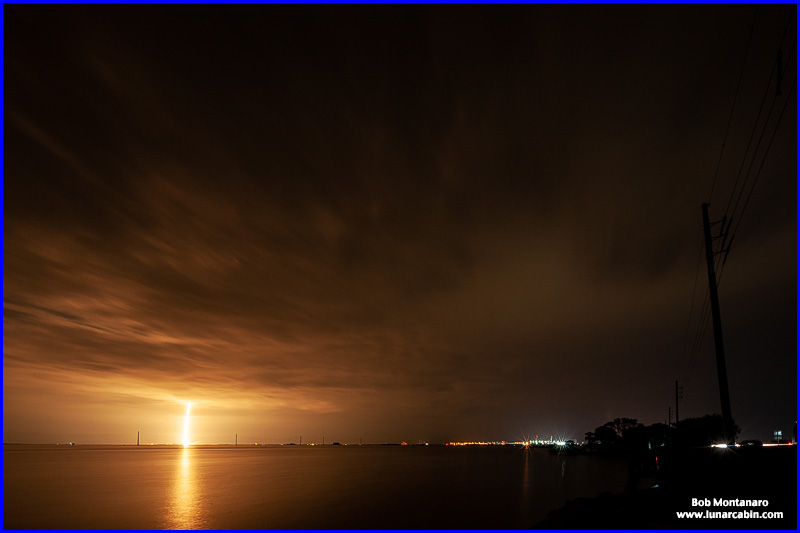 |
|
INMARSAT-6 F2 MEDIA RELEASE |
|
The Inmarsat-6 (I-6) satellites represent a momentous change in the capacity and capabilities they will deliver to our multi-dimensional Inmarsat ORCHESTRA network to meet the connectivity demands of our global mobility, government and IoT customers into the 2040s and beyond. Built in the UK and assembled in Toulouse by Airbus Defence and Space, the I-6 satellites are the world’s most technologically advanced commercial communications satellites ever launched. They are also our first hybrid satellites, featuring both L-band (ELERA) narrowband and Ka-band (Global Xpress) high-speed broadband communications payloads. |
|
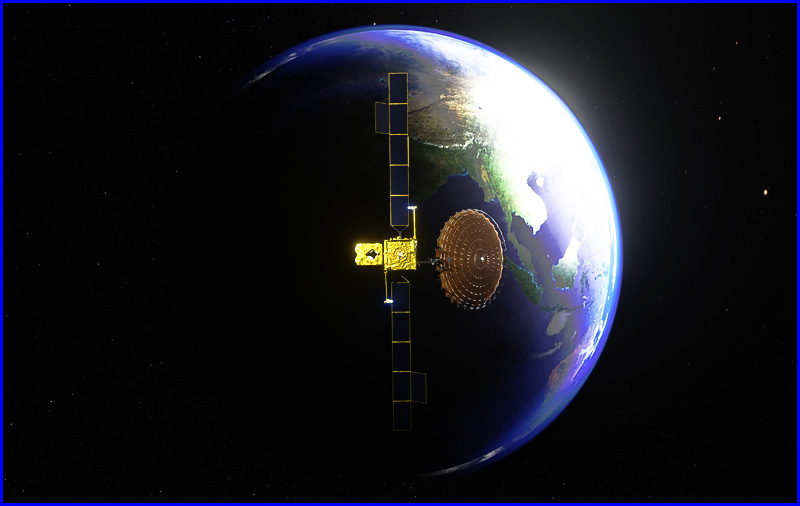 |
|
Artist's rendition of an I-6 satellite in orbit. Image credit: Inmarsat |
|
Both satellites were designed and manufactured in the UK at Airbus’s facilities in Stevenage and Portsmouth, prior to final assembly in Toulouse, France. They are each almost as large as a London double-decker bus and, with solar arrays opened to their full 47m width, have a ‘wingspan’ similar to a Boeing 767. On 22 December 2021, I-6 F1, the first of our two I-6 satellites, launched from the JAXA Tanegashima Space Centre in Japan with Mitsubishi Heavy Industries onboard its H-IIA Launch Vehicle No. 45 (HIIA F45). The I-6 satellites form part of our visionary and fully funded technology roadmap, which will see a further five satellites launched by 2025, including two for Arctic coverage, and a ground network expansion like no other. Together they will power the geostationary Earth orbit (GEO) component of Inmarsat ORCHESTRA and enable technological innovations in existing and new industries. Each I-6 satellite features:
That means greater capacity and coverage, greater speeds and a greater portfolio of innovative connectivity solutions for our ELERA and Global Xpress (GX) network components of Inmarsat ORCHESTRA. And because the I-6 satellites, like all Inmarsat spacecraft, are backward-compatible with existing terminals, our mobility and government customers can benefit from new advances now and into the future. |
|
SPACEX MISSION LOGO |
|
 |
|
Image credit: SpaceX |
|
All contents copyright Lunar Cabin |
|